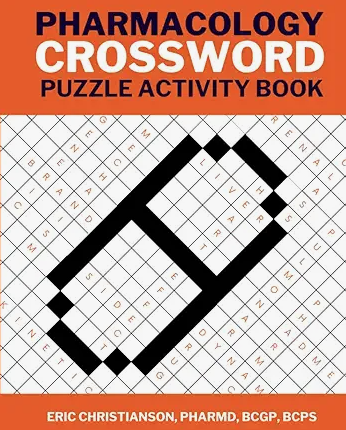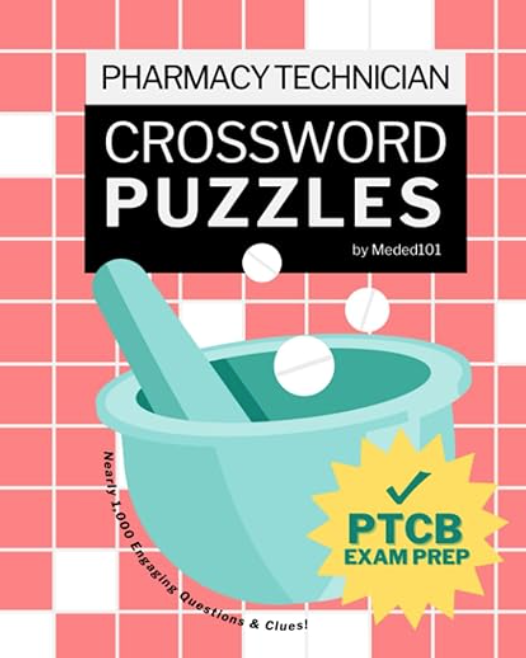SK is a 74-year-old male with a history of chronic systolic heart failure, hypertension, and type 2 diabetes. He has been stable on a regimen that includes carvedilol, sacubitril/valsartan, furosemide, and spironolactone. Recently, he began experiencing worsening lower extremity edema and dyspnea on exertion. At his clinic visit, his provider decided to intensify diuretic therapy by adding metolazone to furosemide. The metolazone order was to take 2.5 mg daily, 30 minutes before furosemide.
Within 10 days, SK presented to the emergency department with muscle weakness, fatigue, and mild confusion. His labs revealed a potassium of 2.3 mEq/L and a magnesium of 1.2 mg/dL. The hypokalemia and hypomagnesemia were severe enough that intravenous supplementation was required, and he was admitted for monitoring. On review of his chart, his last potassium check was over a month before the addition of metolazone.
This case illustrates a classic diuretic risk. Metolazone is often used in resistant fluid overload because of its synergistic effect with loop diuretics. This synergistic effect is a double edged sword as it also dramatically increases the risk of electrolyte depletion, particularly potassium and magnesium. When adding metolazone to furosemide, the risk of profound hypokalemia is significant, as we see in this case.
When metolazone is initiated, close monitoring of electrolytes is critical. I would also potentially argue that the metolazone starting dosing is on the more aggressive side for a geriatric patient. In practice, you’ll often see metolazone started at 2.5 mg 2 or 3 days per week or every other day to ensure that we aren’t overdiuresed and causing electrolyte deficiencies. Checking potassium and magnesium within a few days of starting therapy is essential, especially in older adults with multiple comorbidities (excellent board exam nugget). The aggressiveness of the dosing should also cause a more cautious approach in monitoring. Failure to monitor can lead to avoidable hospitalizations and serious adverse effects. One last consideration would have been to add potassium supplementation with the initiation of the metolazone (i.e., KCl 20 meq/d) in addition to increased monitoring. Deciding whether or not to start potassium with metolazone may be determined by the baseline potassium level (i.e., are they closer to 3.5 or 5.1).
- 30 medication mistakes PDF
- 18+ Page Drug Interaction PDF
- 10 Commandments of Polypharmacy Webinar based on my experiences in clinical practice









there are no doses included in your example. I would NEVER consider adding metolazone (or HCTZ) to furosemide unless the furosemide dose was at LEAST 240 mg daily. The risk of hypokalemia is increased with combining diuretics. the ceiling doses of furosemide are massive. In addition, I would be sure the other therapy has optimal doses. It is very common for low doses of carvedilol and ACEI to be used in HFrEF patients. Therapeutic inertia is substantial.
Thanks for sharing!